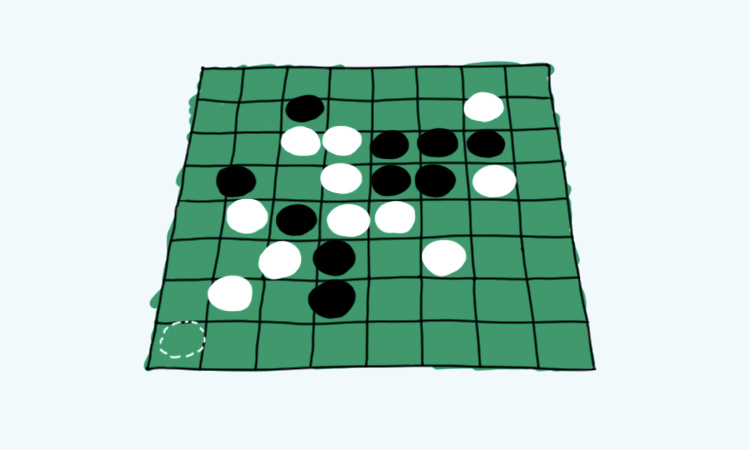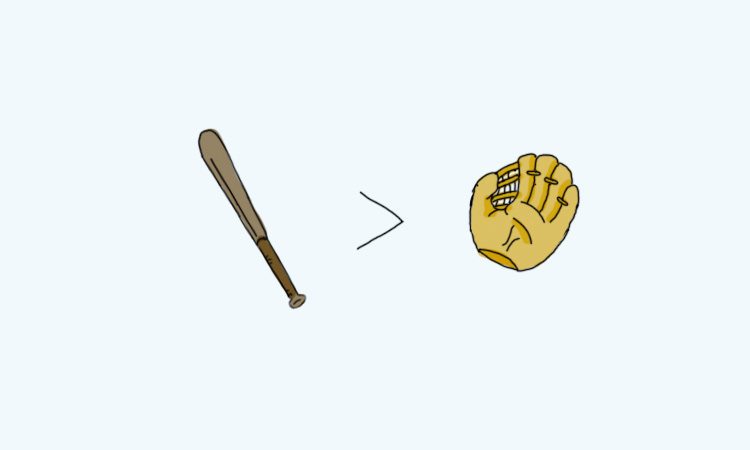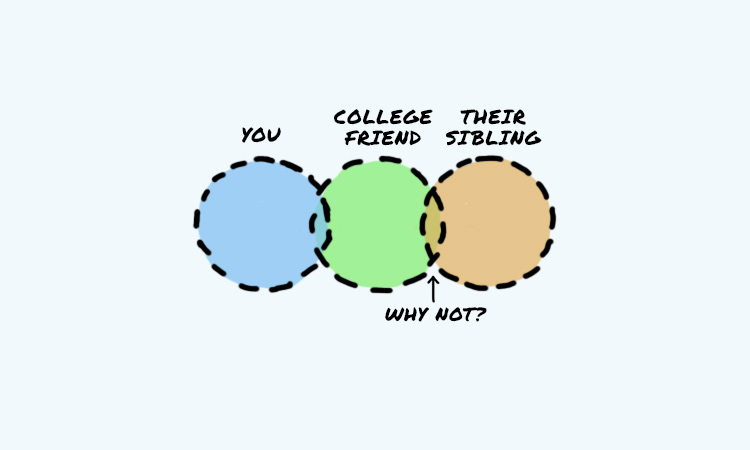I was playing Othello with my wife recently. I remembered playing the game as a kid, but hadn’t played for 20 years or more. She gave me the abridged version of the instructions to jog my memory and let me move first.
It’s important to note that I lose to my wife in just about anything with a game board or a deck of cards, but somehow I pulled out a win in this game of Othello. She’s quite the competitor and did not like losing. I told her honestly, “I used the same simple strategy with every move,” which only made her more annoyed.

What did I do to win? Not once did I make a move to achieve the greatest number of flipped chips in my favor at the end of my turn. Instead, every move was focused on limiting the potential damage from my wife on her next turn.
It was 100% a defensive strategy. There were times where I was tempted to go after a big offensive move, but I stuck with the strategy and it paid off.
My strategy, although I wasn’t aware of it at the time, was based on a mental model called inversion. With this mental model, instead of attacking problems or goals head-on, we can approach them backwards and anticipate what would get in the way of that goal.
How does inversion apply to business strategy?
I started thinking more about that game of Othello, and it occurred to me that I spend far too much time and energy being offensive-minded. I am constantly thinking about growing or increasing metrics… traffic, new customers, revenue, profit, knowledge, experience. Brolik’s clients are similarly all very offensive-minded. They come to us to increase their leads, new customers, and revenue.
But, I started thinking, are we all spending too much time thinking with an offensive mind?
Should we be asking ourselves more often what we shouldn’t be doing, or what losing looks like, instead of what we should be doing more of?
You set some of your goals not just by establishing growth targets that you want to hit, but by laying out obstacles you want to avoid. You think backwards.
Taking a holistic approach to business strategy helps us create a more comprehensive marketing plan. Instead of just going after the big impressive wins, we can also prevent substantial losses with a well-rounded approach. With inversion, we flip our point of view and instead of thinking about things we want to happen, we think of things we don’t want to happen.

Why is defense so underrated?
Defense just isn’t as exciting as offense. Do you remember the second baseman with the multiple gold gloves or the home run champion? Easy…you remember the offensive star…the goal in the final seconds, the three pointer to win, the knockout punch. Also, “defense” reads passive and worse, “defensive” reads weak. No one wants to be known for that — even when “defense wins championships” is one of the most consistent refrains in sports.
So people focus on more. More offense, more points, more leads, more money, more options, more stuff.
What if we applied inversion, and each move we made was not done to go after the most aggressive gain, but to minimize the damage of the resulting counter move of our opponent. What if we could incrementally improve or remove the things that hold us back the most?
Let's try inversion to create goals and KPIs...
To build a stronger business strategy and comprehensive marketing plan, inversion can help you identify your weak spots and improve your specialties.
Consider worst-case scenarios for your business. Think about what you want to avoid at all costs, and create negative goals — what you hope to never see happen. These will help you determine important goals and KPIs to help you avoid actualizing them.
For example, maybe one of the following negative goals applies to you:
- I don’t want to lose a big client
- I don’t want to lose a key member of my team
- I don’t want my pipeline to dry up
- I don’t want any layoffs due to recession or otherwise
Now let's invert our fears and create goals
Listing out what you don’t want to happen can help you understand what could lead you down those paths. Taking this open minded approach and identifying your negative outcomes can help you create goals that will counterbalance your worries and set you on the right path.
Here are some examples of how these inverted “goals” can be turned into KPIs that you can track to keep yourself accountable:
- I don’t want to lose a big client
- KPI: No single customer is more than 10% of our annual revenue
- I don’t want to lose a key member of my team
- KPI: Monthly 1 on 1s to assess employee satisfaction
- I don’t want to my pipeline to dry up
- KPI: New MQLs per month / expand CPA limit
- I don’t want any layoffs due to recession or otherwise
- KPI: Full-time employees:contractor ratio
As you can see, this strategy can be very effective at determining KPIs that will help you avoid your negative goals.
Let's try inversion to understand our audience
Inversion can also be useful for understanding how your audience relates to your product or service and how effective your positioning and messaging is.
Instead of trying to figure out why a customer buys your product, why they love your brand, why they refer you to a friend, why they become a lifelong customer, ask, “why not.”
My recommendation is to ask, “why not?”
Asking “why not” helps to change your perspective.
Start with your direct customer.
Common "why not" questions
- Why won’t they buy your product?
- Why won’t they recommend you to someone else?
- What would keep you from getting to your goal?
- What does losing look like?
Once you’ve asked the hard questions of your direct customer, try something else.

When you ask “why not” questions this time, imagine you are posing the question to someone in your outer circle (say a coworker, second cousin, or college friend). Why would this person tell someone in their inner circle (sibling, parent, spouse) “not” to buy your product or service. That’s the “why not?” you want to uncover. It will likely uncover some deeper answers and flaws.
Your goal is to use inverted thinking to get rid of the reasons why someone would tell their loved one not to buy from you. Really dig deep and focus in on their conversation, and you’ll find you probably know exactly what the answers are.
The answer to “why not” will inform your comprehensive marketing plan and strategy, helping you to remove the things that weigh you down the most. If you do this right, you should uncover the top reasons you lose business to the competition. Once you know what these main fears or hesitations are, go after the “why not” with full force and priority, like you are pruning a dying tree of its diseased leaves.
You won’t be able to remove all negative aspects or weaknesses of your product or brand, but any progress is good. Even if you are able to reframe your customer’s thinking just a tad to make an inherent challenge seem less painful to them in their buying process, that’s a huge step in the right direction. For example, you may be able to identify a common concern people have that keeps them from referring you to their friends, and instead of avoiding the topic, make sure to speak to that concern in your initial sales conversations. It may get them over the hump for future referrals.
Once you shed the weight and build your comprehensive marketing plan with an inversion thinking approach, you can move back to focusing on your offense and growth.
You just had to ask the right question to start: “why not?”
